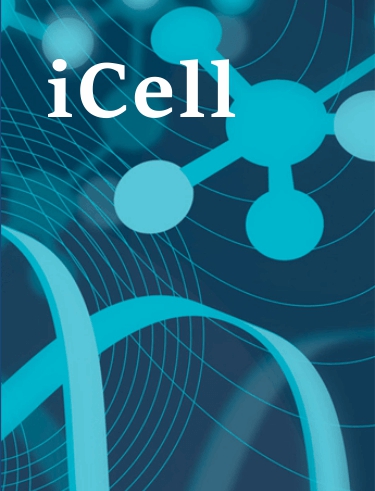Prognostic Implications and Immune Infiltration in the Nod-like receptor signaling pathway: A Comprehensive Analysis across Pan-cancer
DOI:
https://doi.org/10.71373/ZAGA8611Keywords:
Nod-like receptor signaling pathway, pan-cancer, prognostic marker, Immune InfiltrationAbstract
Purpose
Nucleotide-binding oligosaccharide-like receptors (NOD) are pivotal molecules with crucial roles in the regulation of inflammation, tumor transformation, angiogenesis, tumor stem cells, and chemoresistance. This study aimed to assess the prognostic implications of NOD signaling in diverse cancer types and its relationship with immune infiltration.
Methods
Gene expression data from TCGA related to the NOD signaling pathway were integrated with clinical data. Prognostically relevant NOD pathway genes were analyzed using univariate and multivariate Cox regression and Kaplan-Meier survival analysis. The accuracy of our prediction model was validated through receiver operating characteristic (ROC) curve analysis.Single-cell analysis of genes associated with reduced survival in patients, and single-sample immunoinfiltration analysis revealed cell-level differences between different groups.
Results
Univariate Cox regression analysis, multivariate cox regression analysis and Kaplan-Meier analysis were used to identify prognostic genes in NOD pathway. TRAF5 is an important prognostic gene in multiple cancer types, and mutation analysis showed that patients with TRAF5 mutations had reduced survival. Immune infiltration analysis revealed differences in effector memory CD8 T cells and immature B cells between high- and low-risk groups, suggesting potential druggable targets. Single-cell analysis highlighted that reduced survival was associated with overexpression of TXN in both primary and metastatic tissues.
Conclusion
NOD signaling pathway, specifically TRAF5, plays a critical role in cancer prognosis across various cancer types. Immune infiltration disparities offer therapeutic opportunities, and TXN represents a promising target for novel anticancer treatments.


